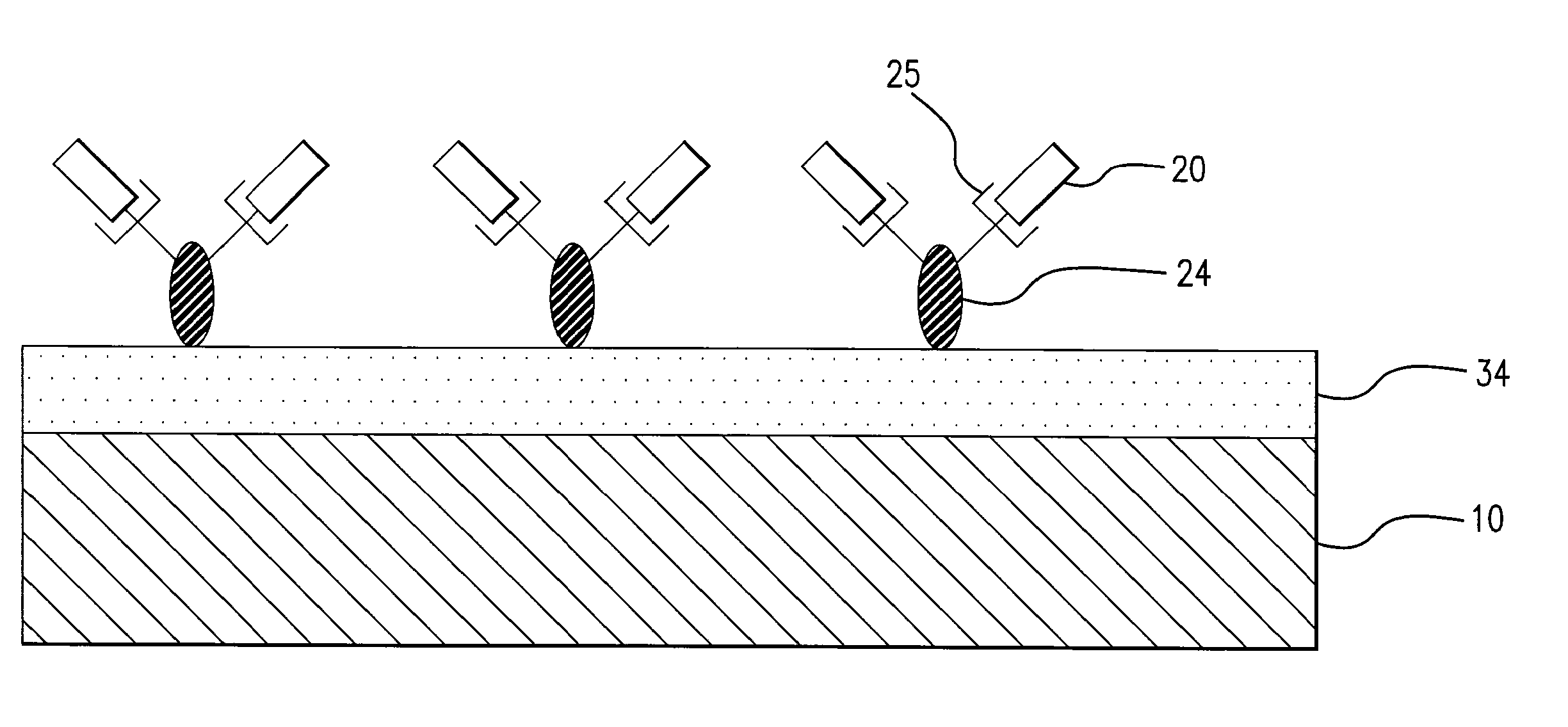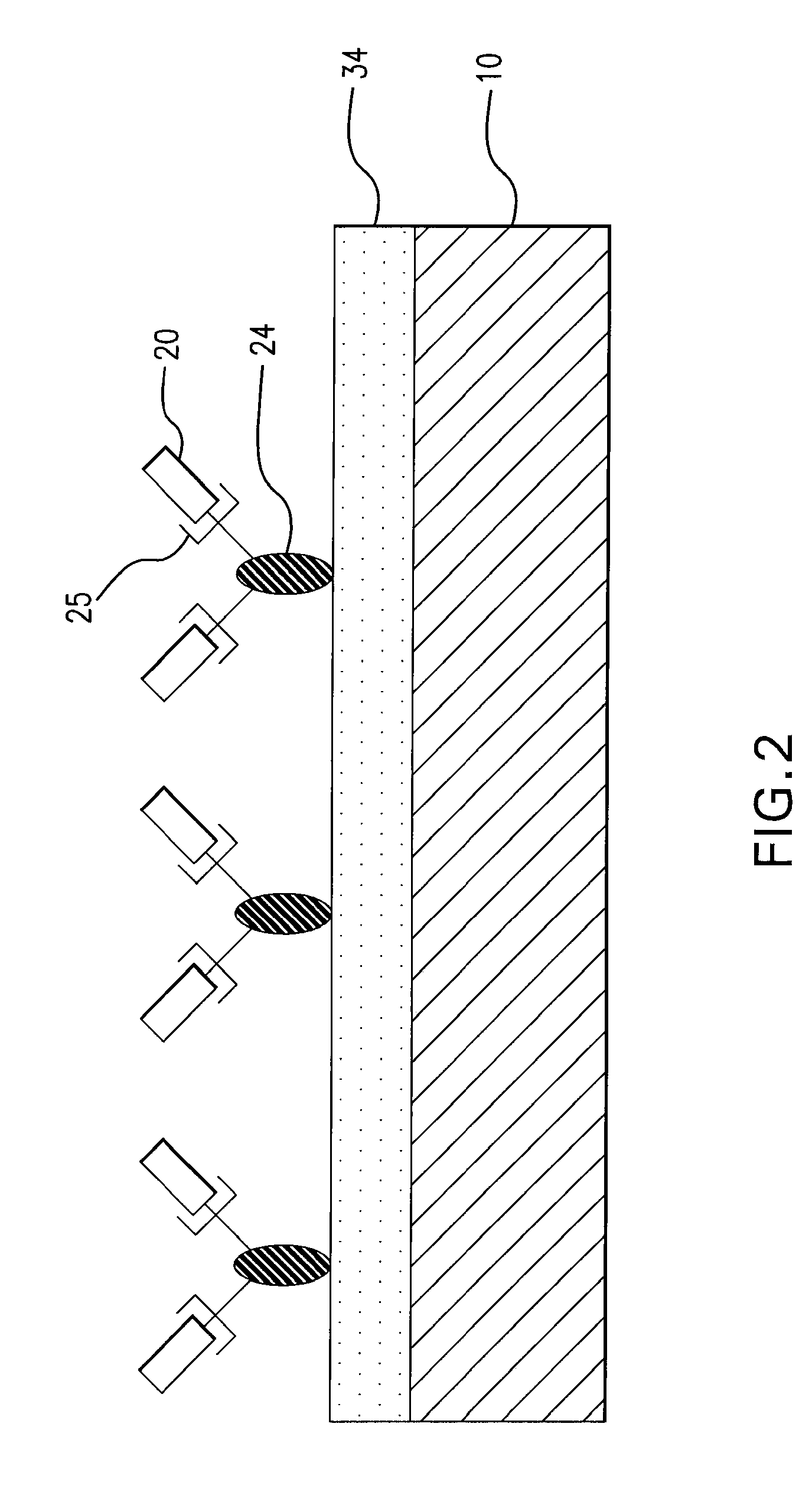Medical devices having a coating for promoting endothelial cell adhesion
- Summary
- Abstract
- Description
- Claims
- Application Information
AI Technical Summary
Benefits of technology
Problems solved by technology
Method used
Image
Examples
Embodiment Construction
[0017] The present invention provides an implantable or insertable medical device having a coating of cell adhesion polypeptides to provide a substrate for the adhesion of endothelial cells onto the medical device. As used herein, the term “cell adhesion polypeptides” refers to compounds having at least two amino acids per molecule which are capable of binding endothelial cells via cell surface molecules, such as integrin, on endothelial cells. The cell adhesion polypeptides may be any of the proteins of the extracellular matrix which are known to play a role in cell adhesion, including fibronectin, vitronectin, laminin, elastin, fibrinogen, collagen types I, II, and V, as described in Boateng et al., RGD and YIGSR Synthetic Peptides Facilitate Cellular Adhesion Identical to That of Laminin and Fibronectin But Alter the Physiology of Neonatal Cardiac Myocytes, Am. J. Physiol.—Cell Physiol. 288:30-38 (2005), which is incorporated by reference herein. Additionally, the polypeptides ma...
PUM
| Property | Measurement | Unit |
|---|---|---|
| Time | aaaaa | aaaaa |
| Time | aaaaa | aaaaa |
| Adhesion strength | aaaaa | aaaaa |
Abstract
Description
Claims
Application Information
 Login to View More
Login to View More - R&D
- Intellectual Property
- Life Sciences
- Materials
- Tech Scout
- Unparalleled Data Quality
- Higher Quality Content
- 60% Fewer Hallucinations
Browse by: Latest US Patents, China's latest patents, Technical Efficacy Thesaurus, Application Domain, Technology Topic, Popular Technical Reports.
© 2025 PatSnap. All rights reserved.Legal|Privacy policy|Modern Slavery Act Transparency Statement|Sitemap|About US| Contact US: help@patsnap.com



